
How much lead is in our daily lives? We take a look at current research concerning lead in the United States food supply and investigations using ICP-MS into the measurement of high concentrations of lead in food.

The detection, quantitation, and characterization of nanoparticles using inductively coupled plasma–mass spectrometry (ICP-MS), and in particular using single-particle ICP-MS (SP-ICP-MS), has developed significantly in recent years. However, the difficulties involved in this type of analysis vary, depending on the composition of the nanoparticles. Martín Resano of the University of Zaragoza, together with colleagues from Ghent University, has recently developed a method for characterizing nanoparticles made from silicon dioxide (Si02), which are much more challenging to detect than those made from silver or gold. He recently spoke to us about this work.

How much lead is in our daily lives? We take a look at current research concerning lead in the United States food supply and investigations using ICP-MS into the measurement of high concentrations of lead in food.
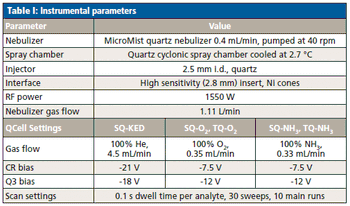
Unresolved interferences can lead to biased results in ICP-MS analyses. Here we describe an approach for removing those interferences using reactive gases.

There is growing concern about the unknown effects that nanoparticles may have on the environment, especially in drinking water and plants. Single-particle inductively coupled plasma–mass spectrometry (SP-ICP-MS) is emerging as a useful technique for analyzing nanoparticles and their presence in environmental and biological systems. Honglan Shi, a chemistry professor at Missouri University of Science and Technology, and her research group have been using SP-ICP-MS to investigate nanoparticles in drinking water and plant uptake. She recently spoke to Spectroscopy about this work.
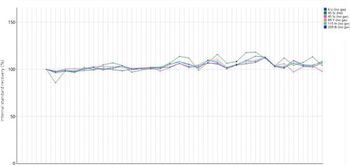
This article demonstrates that a dilute-and-shoot method combined with quadrupole ICP-MS is suitable to accurately analyze trace elements in two industrial cell lines using low sample volumes.
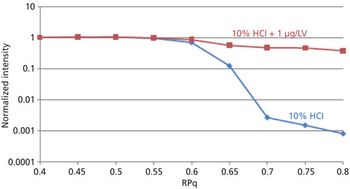
A closer look at the use of a cell-based ICP-MS approach that utilizes ion–molecule chemistry to reduce many of the traditional spectral interferences seen in the analysis of high-purity hydrochloric acid used in manufacturing integrated circuits and semiconductor devices
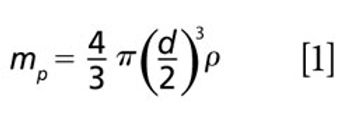
A method to measure ultrafine silica nanoparticles using ICP-MS/MS to control the elemental and polyatomic ion backgrounds is described here.

The National Nanotechnology Initiative defines engineered nanomaterials (ENM) as those with dimensions of 1–100 nm, where their unique characteristics enable novel applications to be carried out. ENMs often possess different properties than their bulk counterparts of the same composition, making them of great interest for a broad spectrum of industrial, commercial, and health care uses. However, the widespread application of ENMs will inevitably lead to their release into the environment, which raises concerns about their potential adverse effects on the ecosystems and their impact on human health.
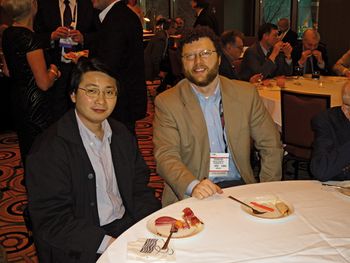
The winner of Spectroscopy's inaugural Emerging Leader in Atomic Spectroscopy Award is highlighted.
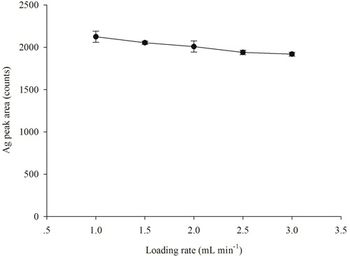
Measuring silver (Ag) in seawater is challenging. A sensitive analytical procedure, using a simple automated flow injection system online coupled with ICP-MS, which is easy to be installed in an ordinary ICP-MS lab, is reported in this paper. Parameters including flow rate and duration, and the effects of the pH and dissolved organic matter (DOM) concentration and salinity were investigated. The standard addition method was used for the quantification. The linear range of the method was up to 1000 ng kg-1. For samples with various salinities the RSDs were

The nutritional value of food depends on many components, including vitamins and minerals. While both of these occur naturally, they are also commonly added during processing to increase the nutritional content. Naturally occurring nutrients enter plants (and ultimately animals who consume plants) from the soils in which they grow, so it is equally important to monitor the nutrient content of both soil and final food products. Since the number of elemental nutrients is limited and they are present at relatively high concentrations, ICP-OES is an ideal technique for their measurement in soil and food. This work will focus on the elemental nutrient analysis of soils and two categories of food products: milk and fruit juice, whose nutritional content is particularly important as they are commonly consumed by young children.
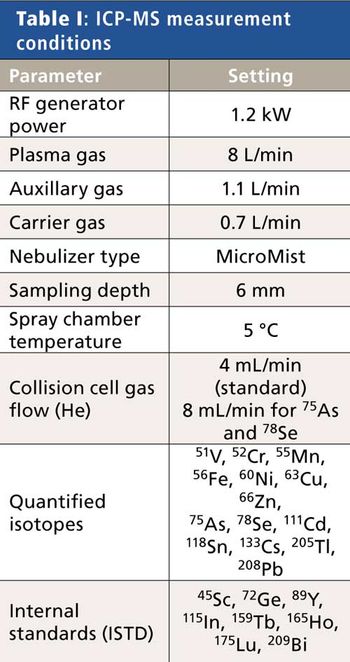
Strict and steady food control protects consumers against undesired contaminations and guarantees a high level of quality. This can be achieved by enforcing maximum allowable concentrations of hazardous substances. For simultaneous quantitative determination of the inorganic elements in wine, the ICP-MS technique is the preferred quality control tool. ICP-MS offers high sensitivity (trace detection), a wide dynamic range and a high sample throughput. In this study, commercially available red and white wines were investigated; 14 different elements were quantified simultaneously: arsenic, cadmium, caesium, copper, chromium, vanadium, iron, manganese, nickel, lead, selenium, tin, thallium and zinc. The developed ICP-MS method has a high accuracy, regardless of element concentration.

Despite all of the recent advances in analytical technologies dedicated to biotherapeutics, accurate protein quantification remains a challenge for the biopharmaceutical industry. UV spectrophotometry is commonly used for batch testing, but it requires the knowledge of the extinction coefficient of the protein, whose experimental determination requires the accurate concentration of a reference standard obtained by an absolute quantification method. To address the need for a fast analytical method capable of accurately quantifying a protein without any specific reference substance, an isotope dilution ICP-MS method was developed and validated, based on sulfur determination, allowing very accurate determination of a single protein in solution after microwave digestion.

The analysis of metals using inductively coupled plasma–mass spectrometry (ICP-MS), ICP-atomic emission spectroscopy (ICP-AES), and atomic absorption can serve many purposes in environmental, health, and forensic studies. Yi He, a chemistry professor at John Jay College of Criminal Justice at The City University of New York, has been using these elemental analysis techniques for fingerprinting and provenance of counterfeit cigarettes and as an educational tool. Here, she discusses some of that work.

October’s AP column highlights a team of geochemists at the University of Houston who have been developing methods to streamline multi-element analysis for a more complete fingerprinting of oils by using one sample preparation method utilizing a single reaction chamber microwave digestion system and then analyzing these solutions for major, and minor elements by ICP-OES and low abundance trace elements by triple quadrupole (QQQ) ICP-MS. Results to date using this approach have shown that complete elemental recovery and removal of organic matrices can be achieved safely and that up to 57 elements can be determined in oils with good accuracy and precision. Removal of organic matrices during digestion not only helps to limit the formation of polyatomic spectral interferences, but improves instrument stability and reduces carbon build in the sample introduction and interface regions, which have traditionally plagued “dilute and shoot” methods.
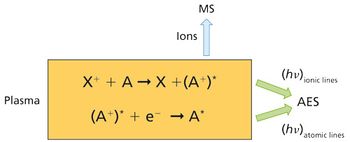
Signal suppression caused by matrix effects has long presented challenges to analysts using inductively coupled plasma–atomic emission spectrometry (ICP-AES) and inductively coupled plasma–mass spectrometry (ICP-MS) techniques. In some cases, however, matrix effects enhance the signal, and thus benefit the analysis. Guillermo Grindlay of the University of Alicante, in Spain, has been studying signal enhancement by charge-transfer reactions resulting from the presence of carbon, sulfur, and phosphorus in the sample matrix. His aim is to better understand under what conditions these matrix effects occur and what mechanisms are involved, to assist analysts in managing interferences and improving the analytical figures of merit in their work. He recently spoke to us about his research.
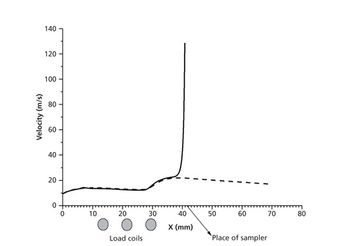
To get better performance from inductively coupled plasma (ICP)-based methods, it is informative to study the properties of the ICP under different conditions. Annemie Bogaerts and Maryam Aghaei at the University of Antwerp, Belgium, are using computational modeling to examine how various properties of the ICP, such as gas flow path lines and velocity, temperature changes, and ionization effects, are affected by numerous factors, such as the gas flow rates of injector and auxiliary gas, applied power, and even the very presence of an MS sampler. They have also applied their models to study particle transport through the ICP. Using their developed model, it is now possible to predict optimum conditions for specific analyses. Bogaerts and Aghaei spoke to us about this work.
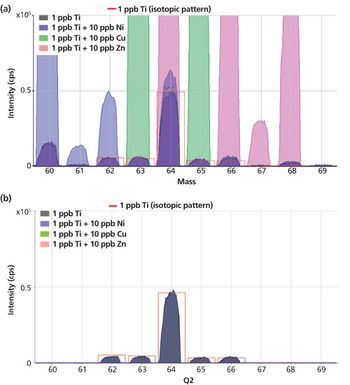
Titanium (Ti) is used in lightweight alloys, catalysts, cutting and grinding tools, and medical implants. Most Ti is refined into the white pigment titanium dioxide (TiO2), used in paint, paper, plastics and food, and in consumer products such as toothpaste and sunscreens. TiO2 is considered inert and safe, but TiO2 nanoparticles are much more reactive and bioavailable, so they may have adverse effects on human health and the environment. There is a need for analytical techniques and methods for accurate, low level analysis of Ti in environmental samples, biological tissues, and other samples. This application is difficult for conventional quadrupole ICP-MS because of the presence of matrix-based spectral interferences on the isotopes of Ti. In this paper, we show how the interferences can be removed using tandem ICP-MS (ICP-MS-MS). This allows sub-ng/L (ppt) detection limits to be achieved, and ensures that accuracy is maintained in the presence of complex sample matrices

Efficient and accurate measurement of mercury concentration is a challenge. A direct sample preparation method for reliable ICP-OES mercury measurement would be invaluable to chemical manufacturers, testing laboratories, and other industries. Historically, ICP-OES Hg measurements have been plagued by poor Hg detection limits, severe carryover effects, and sample instability. In this study, we present a method of sample preparation for ICP-OES mercury analysis in various reagent chemical compounds. This sample preparation method is straightforward and direct, allowing mercury analysis in a variety of reagent chemicals without digestion.
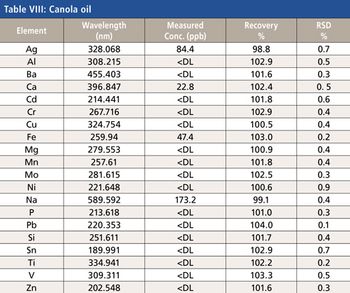
This paper describes the analysis of edible oils radial view ICP-OES. Information is provided regarding the most suitable wavelengths, background correction, and integration times. Results of a detection limit study are presented. The accuracy of the analytical method is validated using soybean, olive, and corn oil matrices.

Matrix effects-changes in analyte sensitivity induced by a high concentration of matrix elements-can reduce accuracy in inductively coupled plasma–mass spectrometry (ICP-MS). It has long been accepted, since the 1987 publication of a study by Tan and Horlick (1), that matrix effects are more severe for light analyte ions in the presence of heavy matrix ions. However, new studies by Shi Jiao and John Olesik in the Trace Element Research Laboratory (TERL) at The Ohio State University (Columbus, Ohio), carried out using current ICP-MS instruments, show that matrix effects are not strongly dependent on analyte ion mass. These study results have implications for understanding the fundamental causes of matrix effects in ICP-MS, and for the choice of internal standards. Jiao and Olesik spoke to Spectroscopy about this work.

Inductively coupled plasma–mass spectrometry (ICP-MS) is a powerful analytical technique. But like any other analytical techniques, there are challenges involved. We recently asked ICP-MS experts what unresolved problems exist-especially with samples in complex matrices-and how ICP-MS methods or technologies can be developed to attack them.

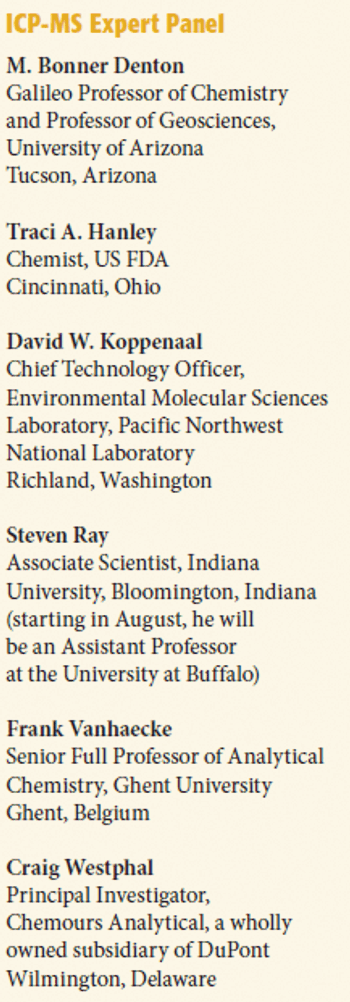
In honor of Spectroscopy's celebration of 30 years covering the latest developments in materials analysis, we asked a panel of experts to assess the current state of the art of inductively coupled plasma–mass spectrometry (ICP-MS) and to try to predict how the technology will develop in the future.
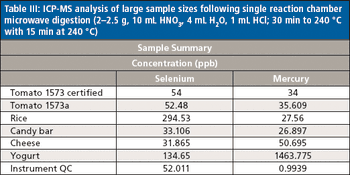
Low-level analysis of food matrices has placed a demand on manufacturers, testing laboratories, and instrumentation vendors worldwide. Stricter regulations, better analytical instrumentation, and greatly improved sample preparation (preanalytical) techniques have focused efforts to simplify and standardize these analyses. Often overlooked, the preanalytical step determines the quality of the resulting data and requires careful attention to a number of details, including sample size, digestion parameters, and the level of detection needed.

Multiple-collector inductively coupled plasma–mass spectrometry (MC-ICP-MS) has some specific advantages over traditional ICP-MS instruments.